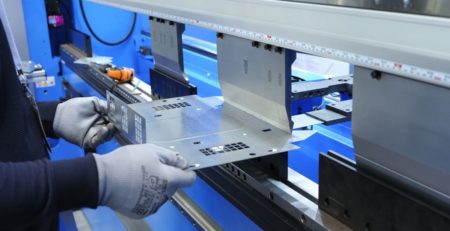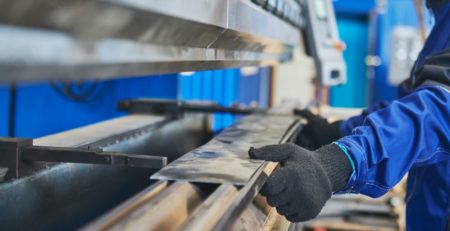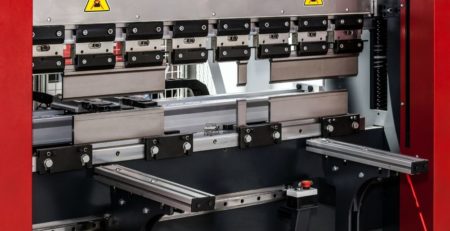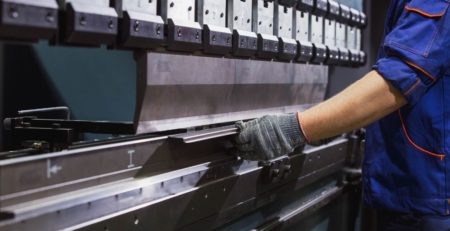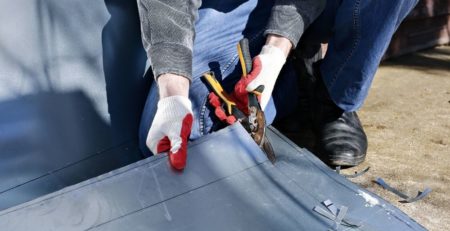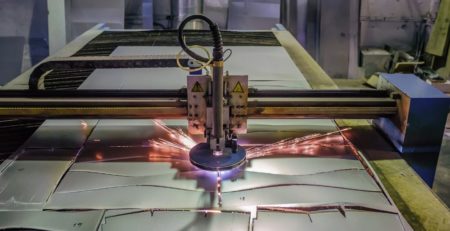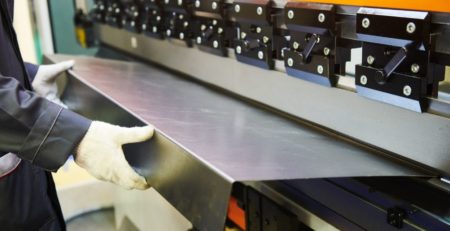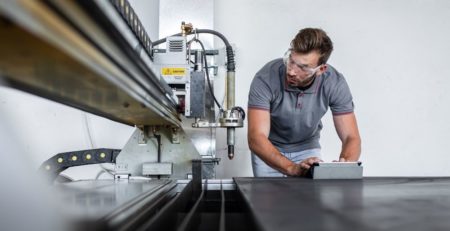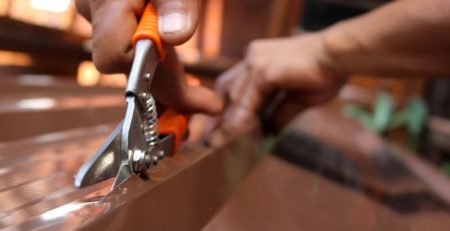How Laser Cutting Can Help You Prototype Your Design
Turning a concept into a tangible prototype quickly and accurately makes design for manufacturing more efficient. Laser cutting emerges as a powerful technology, enabling designers and engineers to bridge the gap between digital blueprints and physical models. Understanding how laser cutting can help you prototype your design is essential for leveraging its full potential to streamline your development process.
Integration With CAD Technology
Laser cutters operate in conjunction with computer-aided design (CAD) software, allowing for a seamless transition from digital designs to physical prototypes. This compatibility means designers can directly import their detailed CAD models into the laser cutter’s control software, eliminating the need for manual input or conversion. Laser cutting machinery’s precision replicates the dimensions and specifications from your CAD drawings exactly, preserving the integrity of your original design.
Precision and Speed
One of the standout benefits of using laser cutting for prototyping is its unmatched precision coupled with rapid processing times. Laser cutters can achieve incredibly fine cuts with tolerances as tight as a fraction of a millimeter, making them ideal for intricate designs that require exacting standards.
Additionally, the speed at which laser cutters operate significantly reduces the turnaround time from design to prototype. This efficiency enables testing design changes in a fraction of the time it would take with traditional manufacturing methods.
Cutting Complex Designs
Laser cutters can handle complex designs in a single pass, which enables efficient prototyping. Unlike traditional machining techniques that may require several iterations to achieve a complex geometry, laser cutters can accomplish the task in one go. This capability not only saves time but also reduces material waste, as the precision of the laser minimizes errors and unnecessary cuts.
Flexibility Without Retooling
Adapting to design changes is a common part of the prototyping process. Laser cutting offers unparalleled flexibility in this regard, as it does not require retooling to accommodate modifications to the design. Some fiber laser cutting machines even feature automatic nozzle cleaning and changing that can reduce downtime and keep the prototyping process moving.
Whether you need to adjust dimensions, add new features, or change the design entirely, the laser cutter can adapt to these changes with minimal setup time simply by responding to modified computer instructions. This agility makes laser cutting a highly cost-effective solution for prototyping, especially in the early stages of product development when changes are most frequent.
Laser cutting helps you prototype your design, rapidly transforming it into precise, high-quality, tangible parts. By harnessing the power of laser cutting technology, designers and engineers can accelerate the development cycle, reduce costs, and refine their products to meet the highest standards of excellence.
While laser cutters are excellent at cutting many types of metals, they can’t be used on everything. Safety concerns include toxic fumes and the risk of materials igniting. Never work outside machine specifications about acceptable and unacceptable materials. Consult our Guide for Using 2D Fiber Laser Cutting Machines, and contact us for expert consultation on selecting and using laser cutting machines.



